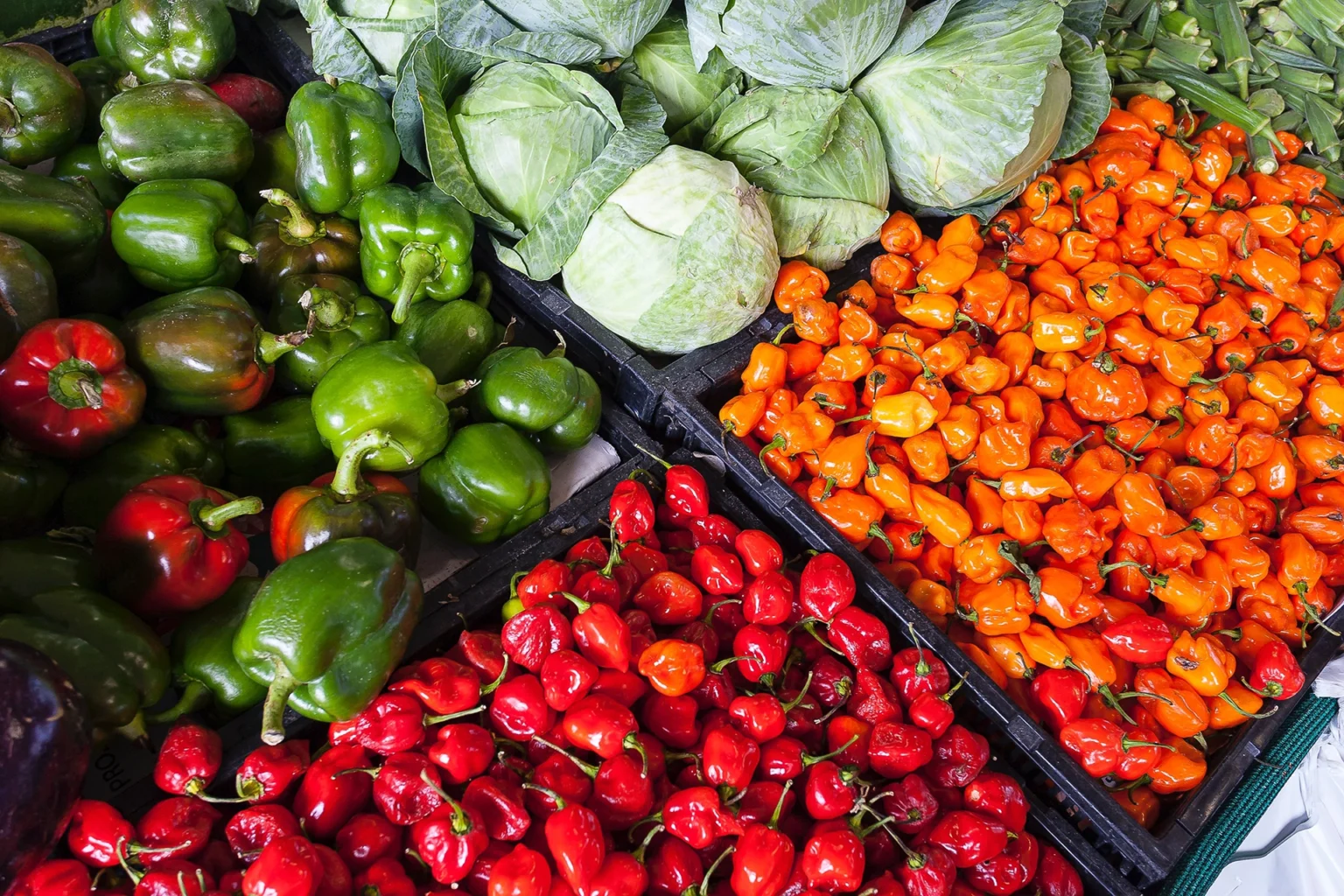Do You Know How Old Your Produce Really Is?

PREMIUM CONTENT for MEMBERS ONLY
By Fiona Riddle
The grocery store is a remarkable place. Simply walk in and help yourself to the rows upon rows of perfectly displayed and carefully stacked fruits and vegetables from all over the world. There are seemingly infinite options for what we can eat at any given moment, but have you ever thought about what goes into ensuring your favorite produce is available year round and how it might impact nutrient content?
“Before refrigeration and preservation, humans would have eaten what was currently in season…”
Different fruits and vegetables are grown during different seasons, which can vary from place to place. Stone fruits and tomatoes, for example, are grown in the Summer in warmer climates, while root vegetables are a Winter staple. Before refrigeration and preservation, humans would have eaten what was currently in season and picked fresh from a local farm or family garden.
“…much of what you purchase at the grocery store might not be as fresh as you think.”
In our modern world, however, seasonality has become a thing of the past. Produce grown all over the world in differing climates is shipped thousands of miles to meet the demands for endless options at our fingertips. This means that much of what you purchase at the grocery store might not be as fresh as you think.
“Citrus is often stored for 6 months before it makes it to a grocery store.”
When shopping at large supermarkets, you can almost guarantee much of the produce was harvested months before it ends up in your cart. Apples, for example, are harvested in the Fall and stored for 9-12 months before you actually purchase them. Citrus is often stored for 6 months before it makes it to a grocery store.
Produce that is harvested and then stored for months is kept in climate controlled warehouses to prevent it from rotting as it sits in storage. Afterwards, chemicals are often used to further prevent degradation as the produce is transported to grocery stores and displayed on shelves until it is purchased. Unfortunately, vital phytonutrients such as polyphenols are lost as soon as produce is picked. A year-old apple from the supermarket is likely far less nutritious than its freshly picked, seasonal counterpart.
“…fruit picked when ripe tends to have greater levels of nutrients.”
Additionally, fruit is often harvested before it is fully ripe in order to make transportation easier, since unripe produce tends to be firmer. Bright green bananas and mangos, for example, are much less likely to bruise or be damaged in transit than when they are ripe and juicy. This early harvesting can, however, inhibit the production of nutrients in fruit. Consequently, fruit picked when ripe tends to have greater levels of phytonutrients.
Lettuces are often only stored for a few weeks before they are purchased, but even a few weeks is enough time for their nutrient content to diminish. While fresh greens should contain a host of vitamins, minerals and other essential nutrients, prepackaged salad greens might not be the nutritional powerhouses you would expect them to be.
“…salad greens lost 35-86% of their ascorbate, or vitamin C…”
One study found that both folate levels and carotenoid levels decreased as spinach was stored. Another study found that salad greens lost 35-86% of their ascorbate, or vitamin C, after harvest with spinach losing the most. The study analyzed the impact of commercial washing specifically, not necessarily storage, which caused oxidative stress and subsequent nutrient degradation.
Water soluble nutrients, such as vitamin C and B vitamins, are even more likely to be lost during the washing and processing of fruits and vegetables. This is true not only for salad greens but for pre-cut produce, which also has a tendency to lose water faster when cut and inevitably lose its nutrients quicker. Pre-cut produce is also subject to degradation from light and oxygen exposure. The typical lack of flavor and juiciness in many pre-cut fruits and vegetables is a good indicator of the lack of phytonutrients.
“…frozen produce may actually have higher levels of vitamins and minerals…”
If you have the chance to shop at a farmer’s market or support local farms through Community Supported Agriculture, you can ensure that your produce is fresher, more nutritious and often more flavorful. And if you have the space, you can even try growing some of your own produce.
“It might just make you think twice about prioritizing convenience over quality.”
At the end of the day, eating fruits and vegetables is a much better choice than a bag of chips, a can of soda or other ultra-processed, packaged foods, regardless of where the produce comes from. It is certainly eye opening though to check the grocery store signage and produce labels to see just how far that bag of grapes traveled to end up in your shopping cart. It might just make you think twice about prioritizing convenience over quality.

Fiona Riddle is a Certified Health Coach with a degree in Psychology from UCLA. She is passionate about a holistic approach to health when working with her private coaching clients. She is an avid cook, constantly creating and sharing new recipes on her Instagram (@feelgoodwithfi) to showcase simple clean home cooking.
✓ This article was reviewed and approved by Emeran Mayer, MD